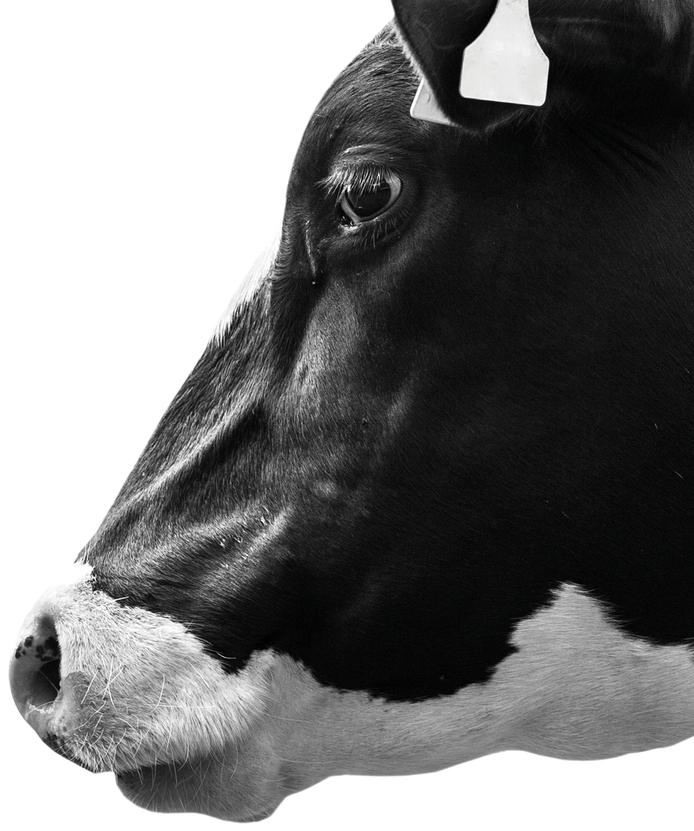Significant export opportunities ahead for UK dairy

New reports published by Kite Consulting show global dairy import demand increasing by around 3bn kg of liquid milk equivalent per year from now until 2025, whilst EU dairy production could decline by 6.3% by 2027 because of EU CAP reform
The UK dairy industry is well placed to capitalise on the Government’s recently launched “Made in the UK, Sold to the World” campaign as global opportunities for dairy are growing significantly, and UK farmers are some of the most environmentally progressive and efficient in the world. All that’s required is the political will and support to facilitate investment by processors and farmers to allow the industry to seize the opportunities available.
That’s the conclusion of a new report – ‘Opportunities ahead’ - by Kite Consulting, and sponsored by NMR, into the export opportunities for dairy after Brexit.
Click here to read the full report
The report assesses the dairy consumption potential of 90 dairy-importing countries with a population of nearly 5 billion people - two-thirds of the world’s population. It shows that between 2011 and 2019 dairy consumption in those countries increased from 258bn kgs to 304bn kgs - an increase broadly equivalent to the total milk production volume for New Zealand for two years.
Kite’s analysis indicates that those countries will probably require larger import volumes as the decade progresses, at a projected 5.6% per year from 2019 to 2025, which is equivalent to 3bn kg LME (liquid milk equivalent) per year. Much of that will be in milk powders and cheese.
What’s more, evidence shows that local dairy production in the importing countries will not satisfy the increase in demand, as typically self-sufficiency decreases as economic development increases.
A further report – ‘EU Agricultural Policy’ – prepared by Hayley Campbell-Gibbons on behalf of Kite, indicates that the EU dairy industry is likely to decline over the next 6 years – by as much as 6.3% - because of the implementation of the EU’s Green Deal and the resulting updates to the Common Agricultural Policy.
Commenting on the reports, John Allen, Managing Partner at Kite Consulting, said:
“What our analysis shows is that there is a growing opportunity for dairy exports coming at the same time as anticipated decline in the EU dairy industry. This is a huge opportunity for UK dairy and it is likely that UK processors will continue to grow exports to capitalise on these growth opportunities. This will probably put significant inflationary pressure on domestic dairy prices, as recent history shows that many dairy export markets are more profitable than domestic ones. Indeed, we are already seeing this happening, with many dairy processors undertaking investment in the UK to allow them to access growth markets overseas.”
“What’s exciting is that the UK dairy industry is well-placed to take advantage of this significant growth opportunity,” John added. “Our producers are already some of the most environmentally-efficient*, responsible and forward-thinking in the world. Most UK processors have already set net zero targets and are making good progress on decarbonising dairy, whilst further improving our already leading standards of animal welfare. With the required support, dairy can bring global wealth back into the UK’s rural communities, whilst at the same time driving forward an agenda focused on planet-friendly food production.”
Notes to editors
The import assessment only looked at Skimmed Milk Powder, Whole Milk Powder and Cheese, but excluded other products like Fat-Filled Milk Powders (FFMP), Infant Nutrition, Evaporated Milk, UHT milk, Casein, Milk Protein Concentrates, butter, and sports nutrition products. It can be argued, therefore, that the assessment underestimates the likely demand of all dairy products, as products like FFMP are growing rapidly in nations with a low GDP per capita. Overall, Kite estimates that total imports by all net dairy importing countries may well be up to 40% higher than those analysed.
*The global carbon footprint of milk is around 2.5 kg CO2e / kg milk, while the UK average is around 1.25kg CO2e / kg milk. Companies like Arla, with an active and progressive on-farm reduction programme, have a footprint as low as 1.13kg / milk. Consequently, from a rational, global standpoint, producing dairy in the most efficient exporting countries, which can meet the future global demand of the developing world, may be the smartest thing to do from an environmental perspective, because GHG-emissions per unit of output are the lowest.
